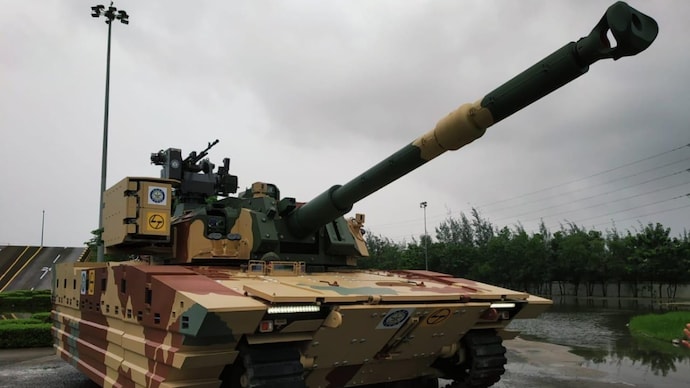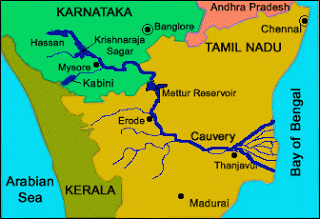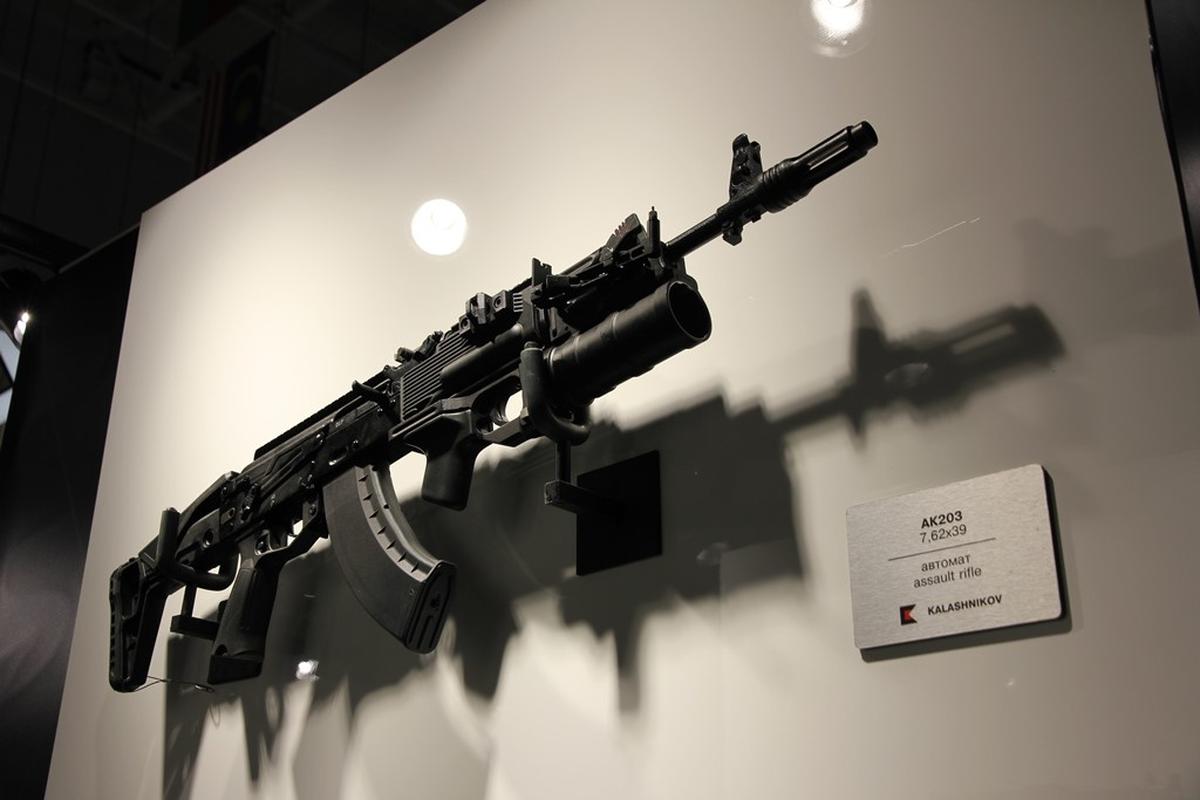Zorawar Light Tank
Why in News: Recently, defense authorities announced that the prototype of the nation’s indigenous light tank Zorawar is complete and will soon undergo thorough testing.
About Zorawar Light Tank:
Indigenous Development:
- The Zorawar Light Tank is a domestically designed and manufactured vehicle.
- It was developed in collaboration with Larsen & Toubro (L&T) under the guidance of the Defence Research and Development Organisation (DRDO).
Historical Inspiration:
- Named in honor of Zorawar Singh Kahluria, a renowned military general who served under Jammu’s Raja Gulab Singh during the 19th century.
Key Features:
- It weighs up to 25 tonnes, meeting the crucial requirement for air transportability.
- The tank is capable of firing at high angles and has limited artillery capabilities, serving as a nimble and versatile weapon platform.
- Designed to operate effectively in diverse terrains, including high-altitude regions, marginal terrains, and island territories.
- Equipped with modern technologies such as Artificial Intelligence, integrated drone capabilities, advanced situational awareness, and amphibious operational capability.
Unique Characteristics:
- The tank optimizes the essential tank parameters of firepower, mobility, and protection while maintaining a manageable weight.
- This balance ensures it meets operational requirements efficiently across various scenarios.
Expected Induction:
- Anticipated to be inducted into the Indian Army by 2027 following comprehensive trials and testing phases.
People’s Biodiversity Register
Why in News: Thazhakara has achieved a milestone by becoming the inaugural grama panchayat in Alappuzha, and among the pioneers in Kerala, to revise and release a detailed People’s Biodiversity Register (PBR) through active participation of local communities.

Purpose of People’s Biodiversity Register (PBR):
- It functions as a detailed archive documenting biodiversity, encompassing habitat conservation, preservation of local varieties, domesticated species, microorganisms, and local knowledge pertaining to biological diversity.
- Mandated by the Biological Diversity Act (2002), PBRs are crucial for safeguarding bioresources and associated traditional knowledge at the grassroots level.
Role of Biological Diversity Act (2002):
- The Biological Diversity Act (2002) mandates the creation of People’s Biodiversity Registers (PBRs) to ensure the documentation and protection of biological diversity.
- Biodiversity Management Committees (BMCs) established by local bodies are responsible for promoting conservation, sustainable use, and documentation of biological diversity across states and union territories.
Formation and Function of Biodiversity Management Committees (BMCs):
- Local bodies, under the guidance of BMCs, collaborate with communities to develop PBRs, ensuring the inclusive participation of locals in biodiversity conservation efforts.
Importance and Benefits:
- PBRs are pivotal in facilitating conservation efforts, sustainable resource management, and the preservation of traditional knowledge.
- They assist local bodies in planning and implementing projects related to agriculture, water management, waste disposal, and other sectors, with a strong emphasis on biodiversity conservation and fair distribution of benefits.
Krishnaraja Sagar (KRS) Dam
Why in News: The water level at the Krishnaraja Sagar (KRS) reservoir on the river Cauvery surpassed 100 feet, nearing its maximum capacity of 124.80 feet recently.

About Krishnaraja Sagar (KRS) Dam:
Type and Location: It is a gravity dam situated on the river Kaveri and its tributaries, Hemavathi and Lakshmana Theertha, located in Mandya district, Karnataka.
Construction:
- Named after Maharaja Krishna Raja Wadiyar IV, the ruler of the princely state of Mysore, who initiated and funded its construction.
- The dam was designed by Sir M. Visvesvaraya, an eminent Indian engineer, and construction commenced in 1911, completing in 1931.
Objectives:
- Primarily constructed to facilitate irrigation, hydroelectric power generation, and to mitigate drought impacts in the region.
Features:
- Spans 2,621 meters (8,600 feet) in length and stands 40 meters (130 feet) tall.
- Features 177 iron sluices, some of which are equipped with automatic doors, pioneering technology at the time.
- Constructed using traditional stone masonry and a lime-pozzolan mortar known as surki.
- Adjacent to the dam is Brindavan Gardens, an ornamental garden.
Usage:
- The reservoir covers an area of 130 square kilometers and serves as a vital water source for irrigation in the fertile Mysore and Mandya regions.
- It is a significant drinking water source for Mysore and Bangalore cities.
- Supplies water to the Shivanasamudra hydroelectric power station.
- Water released from KRS flows into Tamil Nadu and is stored at the Mettur dam in Salem district.
Kalashnikov AK-203 Assault Rifle
Why in News: Indo-Russian Rifles Private Limited (IRRPL), a collaboration between India and Russia, has effectively supplied 35,000 AK-203 Kalashnikov assault rifles to the Indian Army.

About Kalashnikov AK-203 Assault Rifle
- Origin and Design: The AK-203 rifle originates from Russia and was designed by Mikhail Kalashnikov between 2007 and 2010.
- Mechanical Specifications: It operates on a gas-operated mechanism and is a select-fire assault rifle fed by a magazine.
- Ammunition Compatibility: Chambered for the 7.62x39mm cartridge, standard in the Indian Army’s inventory.
- Reliability and Maintenance: Known for its robust reliability and simplified maintenance, typical of Kalashnikov rifles.
- Manufacturing and Quality: Produced in India under the Indo-Russian Rifles Private Limited (IRRPL), utilizing Russian technologies and equipment to ensure high standards and adherence to specifications.
- Production Details: IRRPL, established in 2019 as a joint venture between India and Russia, manufactures the AK-203 rifles at the Korwa Ordnance Factory in Uttar Pradesh.
- Localization Initiative: Aimed at achieving complete localization of AK-203 production in India, marking India as the first country outside Russia to produce AK-200 series rifles.
- Technical Features: Weighing 3.8 kg and measuring 880 to 940 mm with the stock extended, featuring a 415 mm barrel length.
- Operational Capability: Capable of firing at a rate of approximately 700 rounds per minute with an effective firing range between 400 and 800 meters, adjustable through sight settings.
- Magazine and Accessories: Utilizes a standard 30-round detachable box magazine, with options for a 50-round quad-column magazine for increased capacity.
- Optical Enhancements: Equipped with adjustable iron sights and picatinny rails for attaching various optical sighting systems to enhance targeting capabilities.



